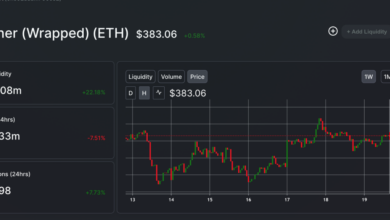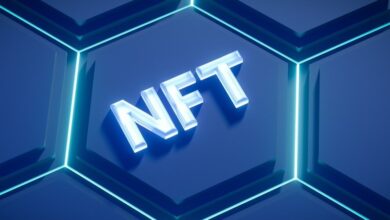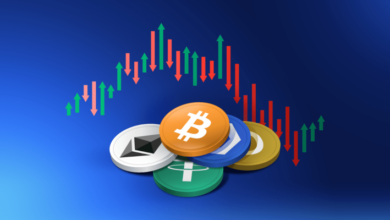
Understanding NFTs Future Digital Economy
Understanding the Role of NFTs in the Future Digital Economy explores the transformative potential of Non-Fungible Tokens (NFTs) in reshaping the digital landscape. NFTs are more than just digital collectibles; they’re revolutionizing ownership and value in the digital world. This deep dive into the technology, applications, and future implications will illuminate how NFTs are reshaping everything from art and gaming to digital communities and the creative economy.
From the foundational blockchain technology to the diverse applications in various sectors, this comprehensive exploration unpacks the intricacies of NFTs. We’ll analyze how NFTs are empowering artists, fostering communities, and challenging traditional ownership models, paving the way for a more innovative and dynamic future digital economy. The discussion will also include a look at the potential challenges and regulations facing this rapidly evolving technology.
Introduction to NFTs
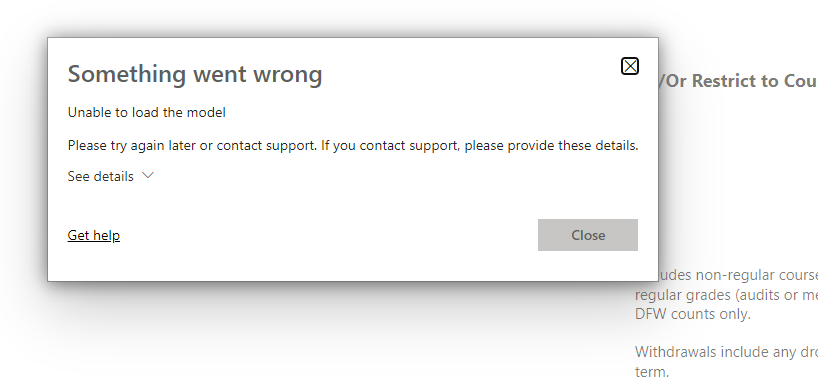
Source: microsoft.com
NFTs, or Non-Fungible Tokens, are unique digital assets that represent ownership of a specific item, whether it’s a piece of art, a collectible, or a virtual item within a game. Unlike fungible assets like money, which can be easily exchanged for identical units, NFTs are one-of-a-kind. This uniqueness is crucial for establishing verifiable ownership and authenticity in the digital realm.The fundamental technology behind NFTs is blockchain, a decentralized and immutable ledger.
Cryptographic hashing ensures the security and integrity of the records, making each NFT distinctly traceable and verifiable. This, in turn, creates a transparent and tamper-proof record of ownership, essential for establishing trust and authenticity in the digital marketplace.
NFT Types
NFTs encompass a diverse range of digital assets, each with unique characteristics. This variety fuels the innovation and broad appeal of this technology.
- Digital Art: NFTs have revolutionized the art world by providing artists with direct avenues for selling and authenticating their work. Digital artists can now monetize their creations in a transparent and secure manner, bypassing traditional gallery systems.
- Collectibles: Virtual collectibles, like trading cards and figurines, are another prominent category. These often include rare editions or special characteristics, driving demand and creating a vibrant market.
- In-Game Items: In-game items like avatars, weapons, or virtual real estate can be represented as NFTs, allowing players to own and trade these assets within the game or outside it. This creates an economy within the game.
- Domain Names: The use of NFTs to represent domain names is emerging. This approach can offer increased security and control over online identities.
Successful NFT Projects and Impact, Understanding the Role of NFTs in the Future Digital Economy
Several NFT projects have achieved notable success, showcasing the potential of this technology.
- CryptoPunks: A collection of unique digital avatars that have seen substantial price appreciation, demonstrating the high value that can be assigned to digital assets.
- Bored Ape Yacht Club (BAYC): A collection of ape-themed NFTs has gained immense popularity and created a vibrant community, further demonstrating the social aspect and value of digital collectibles.
- Other notable projects: Many other projects have demonstrated significant impact in the space, from those focused on digital art to those focused on in-game assets, creating new marketplaces and driving interest in digital ownership.
Core Features of NFT Types
This table Artikels the core features of different NFT types, emphasizing the uniqueness and distinct characteristics of each.
| NFT Type | Core Features |
|---|---|
| Digital Art | Unique digital artwork, verifiable ownership, potential for royalties on future sales, provenance and authenticity. |
| In-Game Assets | Represent ownership of virtual items within a game, tradable within or outside the game, integrated into the game’s economy, potential for community building. |
| Collectibles | Digital representations of physical or virtual collectibles, rare editions or characteristics driving value, potential for scarcity and limited supply, ownership and authenticity verification. |
The Role of NFTs in Digital Assets
NFTs are revolutionizing the way we think about and interact with digital assets. They’re more than just pretty pictures; they represent a fundamental shift in digital ownership, empowering creators and reshaping the future of digital economies. This shift extends beyond simple ownership, impacting how digital goods are traded, verified, and valued. The implications for digital ownership rights and the potential for new revenue streams are significant and far-reaching.Traditional digital ownership often lacks clear provenance and verifiable ownership records.
NFTs address this by creating a unique, verifiable, and immutable record of ownership, providing a crucial level of security and transparency. This enhanced ownership model allows for a more robust and trustworthy digital marketplace. The emergence of NFTs in various digital economies demonstrates their potential to reshape how we interact with digital creations.
NFTs are definitely shaping the future digital economy, but understanding how they interact with other financial tools is key. For instance, integrating strategies like those explored in Understanding Yield Farming Strategies to Generate Consistent Passive Income could potentially unlock new revenue streams within the NFT space. Ultimately, understanding these connections will be crucial for navigating the evolving digital landscape and maximizing the potential of NFTs.
Transforming Digital Asset Ownership
NFTs fundamentally change how digital assets are owned and traded. Instead of relying on centralized platforms, NFTs allow for decentralized ownership and trading. This decentralized nature enhances security and reduces the risk of censorship or platform manipulation. The unique cryptographic structure of NFTs creates a transparent and immutable record of ownership, making it easier to track and verify ownership rights.
Implications for Digital Ownership Rights
NFTs introduce a new layer of complexity and nuance to digital ownership rights. They establish clear and verifiable ownership, granting the holder specific rights and permissions related to the asset. For example, the holder of an NFT representing a piece of digital art may have the right to display, reproduce, or sell that artwork. This contrasts with traditional digital ownership, where rights are often ambiguous or unclear.
Examples of Transforming Digital Economies
NFTs are already transforming several digital economies. In gaming, NFTs can represent in-game assets, such as characters, weapons, or virtual land. This allows players to own and trade these assets, creating a more engaging and valuable gaming experience. In the music industry, NFTs enable artists to directly connect with their fans and sell unique digital collectibles, generating new revenue streams.
These examples highlight the potential of NFTs to create new economic models and empower creators.
New Revenue Streams for Creators and Artists
NFTs provide a direct path for creators and artists to connect with their audience and receive compensation for their work. This is different from traditional platforms where a large portion of revenue is often retained by intermediaries. By selling NFTs of their creations, artists can receive a greater share of the revenue generated from the sale or usage of their work.
This potential to generate new revenue streams is particularly significant for creators working in digital spaces.
Traditional Ownership vs. NFT-Based Ownership
| Feature | Traditional Ownership | NFT-Based Ownership |
|---|---|---|
| Ownership Verification | Often ambiguous or relies on centralized platforms | Verifiable and immutable through blockchain technology |
| Ownership Transfer | Complex and often reliant on intermediaries | Secure and transparent through smart contracts |
| Creator Compensation | Often limited by platform fees and royalties | Direct compensation through royalties and sales |
| Asset Uniqueness | Often difficult to establish uniqueness | Uniquely identifiable and verifiable through cryptographic hash |
Traditional ownership models often lack the transparency and security that NFTs provide. NFT-based ownership, on the other hand, provides a verifiable and secure method of ownership, enabling creators to earn a greater share of revenue and fostering a more dynamic and rewarding digital economy. This comparison underscores the significant advantages of NFT-based ownership models.
Future Trends and Predictions: Understanding The Role Of NFTs In The Future Digital Economy
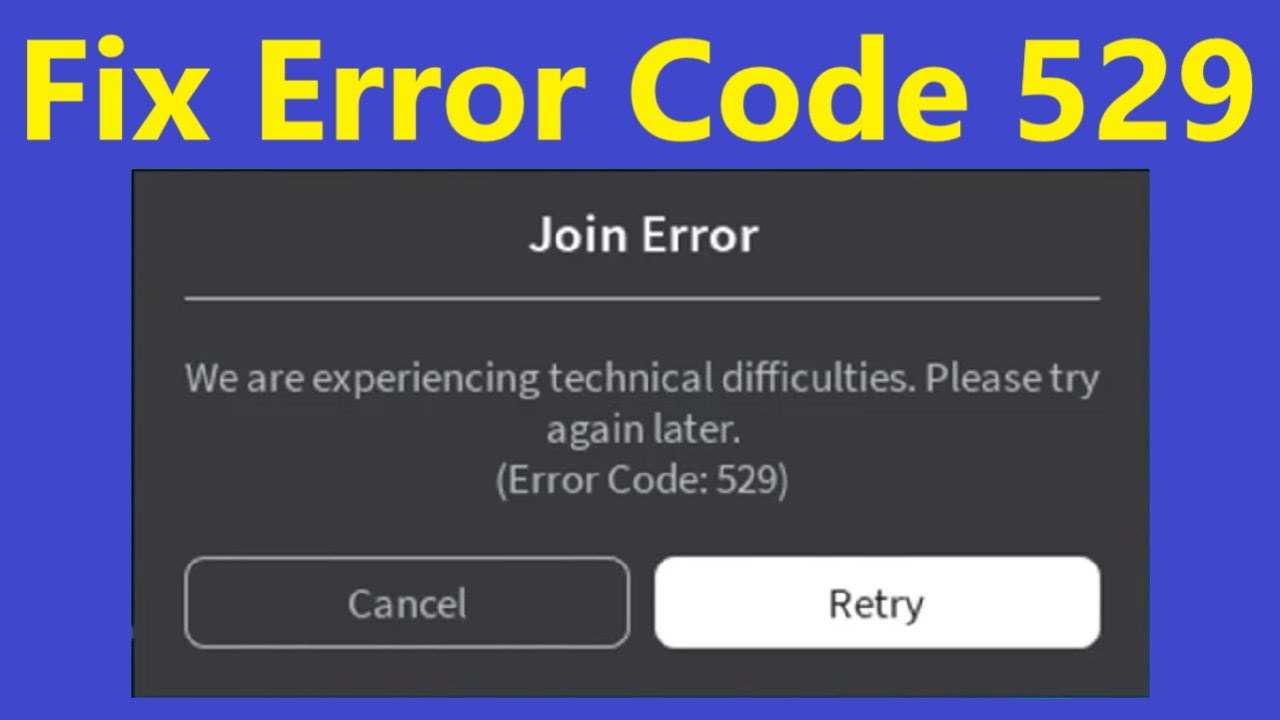
Source: ytimg.com
The NFT space is rapidly evolving, with new technologies and applications constantly emerging. Understanding these future trends is crucial for navigating the dynamic digital economy. This section delves into potential developments, highlighting emerging technologies impacting NFTs and predicting their role in entertainment and commerce. We also examine how NFTs may reshape our interaction with digital content.The convergence of blockchain technology, metaverse platforms, and artificial intelligence (AI) is poised to revolutionize the NFT ecosystem.
These technologies offer exciting possibilities for creating unique digital experiences and fostering new economic models. From virtual worlds to personalized content, NFTs are set to play a pivotal role in this transformation.
Potential Future Developments in the NFT Space
The NFT space is dynamic, with a constant influx of innovations. These developments are pushing the boundaries of what’s possible in the digital realm, shaping the future of digital ownership and commerce. New applications are continually being explored, including unique use cases and creative methods for digital asset management.
- Enhanced Interoperability: Future NFTs are likely to be more interconnected. This interoperability will allow NFTs to be used across different platforms and applications, increasing their value and utility. Imagine an NFT representing a digital character in one metaverse seamlessly integrating with an in-game asset in another, allowing for a broader range of interactions and opportunities.
- Decentralized Governance: NFTs could play a more significant role in governing online communities and platforms. This will be achieved through decentralized autonomous organizations (DAOs) where token holders have voting rights. This democratization of power could be seen in governance models for gaming platforms or even social media.
- AI-Powered Creation and Management: AI is set to play an increasing role in NFT creation, management, and curation. AI algorithms can assist in generating unique artwork, automating the verification of digital assets, and personalizing experiences. Imagine AI-generated music NFTs that evolve based on user interaction, offering personalized listening experiences.
Impact of Emerging Technologies on NFTs
Several emerging technologies have the potential to reshape the NFT ecosystem. The integration of these technologies will likely drive innovation and expand the applications of NFTs across various industries.
Understanding NFTs’ role in the future digital economy is fascinating, but maximizing your crypto portfolio value is equally important. Strategies like those outlined in this insightful article on how to increase your crypto portfolio value without high risks can be key to building a more secure and profitable investment plan. How to Increase Crypto Portfolio Value Without High Risks Ultimately, a strong understanding of both concepts is essential to navigating the complexities of the evolving digital landscape and potentially leveraging NFTs for long-term financial gain.
- Metaverse Integration: NFTs are expected to become increasingly intertwined with the metaverse. This integration will allow users to own and interact with digital assets within virtual environments, from virtual land to avatars. The metaverse’s potential for interactive experiences could be augmented by NFTs, offering unique and immersive possibilities for users.
- AI-Driven Content Creation: AI algorithms are being used to generate unique digital assets, including art, music, and videos. This AI-powered creation process could result in a surge of new NFT-based content, potentially changing the way we experience and consume digital art.
NFTs in Entertainment and Commerce
NFTs are rapidly evolving to play a central role in both entertainment and commerce. These new applications could drive significant growth and innovation within these sectors.
- Gaming and Esports: NFTs are revolutionizing gaming by allowing players to own and trade in-game assets. This has led to increased engagement, new revenue streams for developers, and opportunities for fans to own a piece of their favorite games.
- Digital Collectibles and Merchandise: NFTs are becoming a popular way for artists and brands to offer unique collectibles and merchandise, creating a direct connection with their fans. Imagine a music artist releasing limited-edition concert tickets as NFTs, offering exclusive experiences for fans.
Growth and Innovation in the NFT Ecosystem
The NFT ecosystem is expected to experience significant growth and innovation. This expansion will create new opportunities for both creators and consumers.
- Expansion into New Industries: NFTs are expected to expand into new industries, including healthcare, education, and real estate. Imagine NFTs representing ownership of digital educational materials, or virtual land within the metaverse.
- Improved Security and Verification: The security and verification of NFTs will likely improve, increasing the trust and confidence of users. This will be crucial for establishing the widespread adoption of NFTs.
Impact on Digital Content
The introduction of NFTs is likely to transform how we interact with digital content. This change is driven by the concept of verifiable ownership and a new paradigm for intellectual property.
- Enhanced Ownership and Control: NFTs empower creators and users with greater ownership and control over digital content. Creators can receive royalties on sales, while users can own and trade digital items with transparency and security.
Wrap-Up

Source: ytimg.com
In conclusion, Understanding the Role of NFTs in the Future Digital Economy reveals a potent force reshaping the digital sphere. NFTs are not just a passing trend; they’re a fundamental shift in how we understand ownership, value, and creativity in the digital realm. While challenges remain, the potential for innovation and economic growth is substantial, promising exciting possibilities for creators, collectors, and the future of the digital economy.
Query Resolution
What are the common security threats related to NFTs?
Phishing scams, fraudulent marketplaces, and vulnerabilities in the underlying blockchain infrastructure are some common security risks associated with NFTs. It’s crucial to verify the authenticity and security of NFT platforms and transactions to avoid potential losses.
How do NFTs differ from other digital assets?
NFTs offer unique identifiers and ownership records on a blockchain, making them distinct from other digital assets. This verifiable ownership is a key feature that sets NFTs apart and facilitates secure transactions.
What is the role of decentralized marketplaces in facilitating NFT transactions?
Decentralized marketplaces eliminate intermediaries, enabling direct transactions between buyers and sellers. This transparency and reduced fees are some key benefits of these platforms in the NFT ecosystem.
How can NFTs generate income for creators?
NFTs can generate income for creators through sales, royalties on secondary market transactions, and community-driven revenue models. Smart contracts embedded in NFTs can automate the payment of royalties, further empowering artists.


